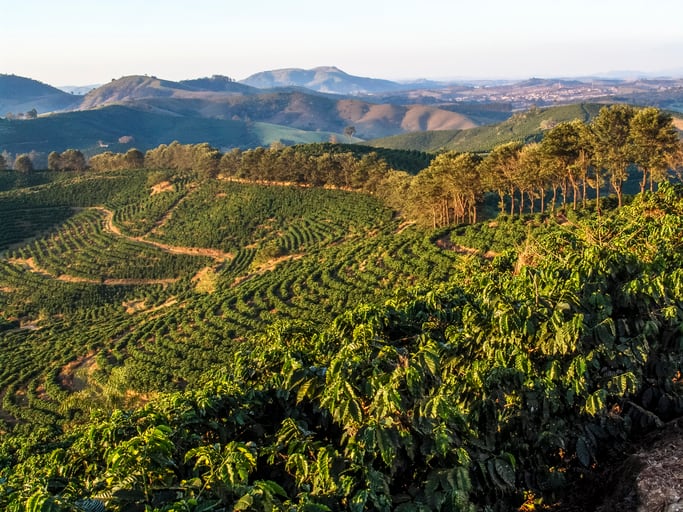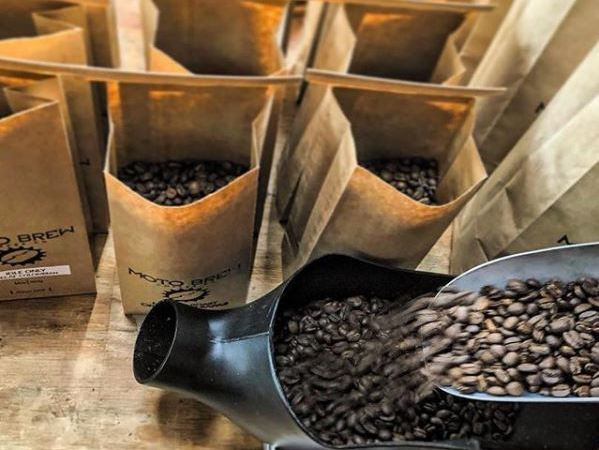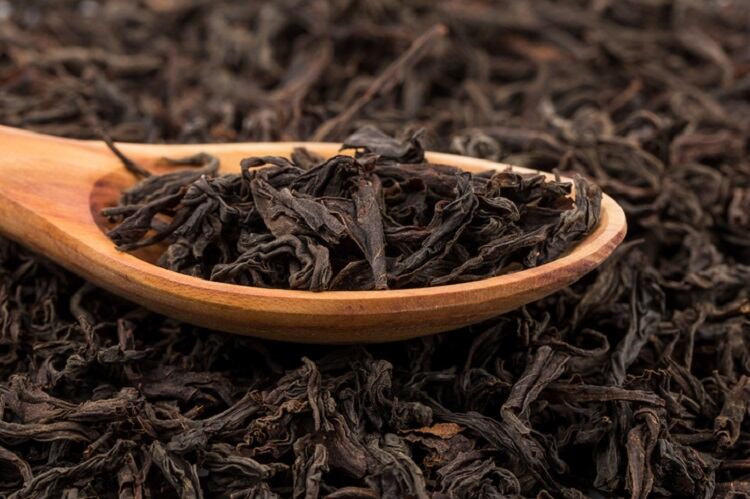“Both arabica and robusta estimates came in above our expectations,” says Rabobank, noting that it corresponds to the largest-ever down cycle for Arabica and a record conilon crop.
The Arabica tree typically has a biannual production cycle: with one year of high production followed by reduced production the following year (the down cycle). This pattern holds on a national level for Brazil, with most Arabica farms on a down cycle in 2019/20 after record production in 2018/19.
Rabobank also notes a ‘surprising’ lack of diseases or pests in most coffee areas. Meanwhile, new innovations - such as the use of drones - are being explored by farmers to help improve production.
These factors together all suggest 2020/21 could be another record crop year.
Drones and new harvesting techniques
“The amount of innovation taking place in Brazil is quite surprising,” says Rabobank. “Drones are increasingly used commercially to monitor farms and also to spray different products. No farmer will do any of the main spraying rounds with drones, but they are excellent for experimenting with different products.
“Another key technological development is the potential future adoption of selective, fast-vibrating manual harvesters, which can revolutionize the way young Arabica trees and conilon trees are harvested. At only BRL 2,500 per machine, we can expect many trials to take place in large farms. It is of course early days for this particular technology, but low prices will incentivize these types of innovations, which are destined to reduce costs.
“In any case, the energy we have seen in the Arabica and robusta trees, together with the absence of any major pests or diseases (except in Zona de Mata [which was affected by an outbreak of broca affecting around 8% of cherries]), could lead to fresh record crops of both Arabica and robusta in the 2020/21 crop year.”




